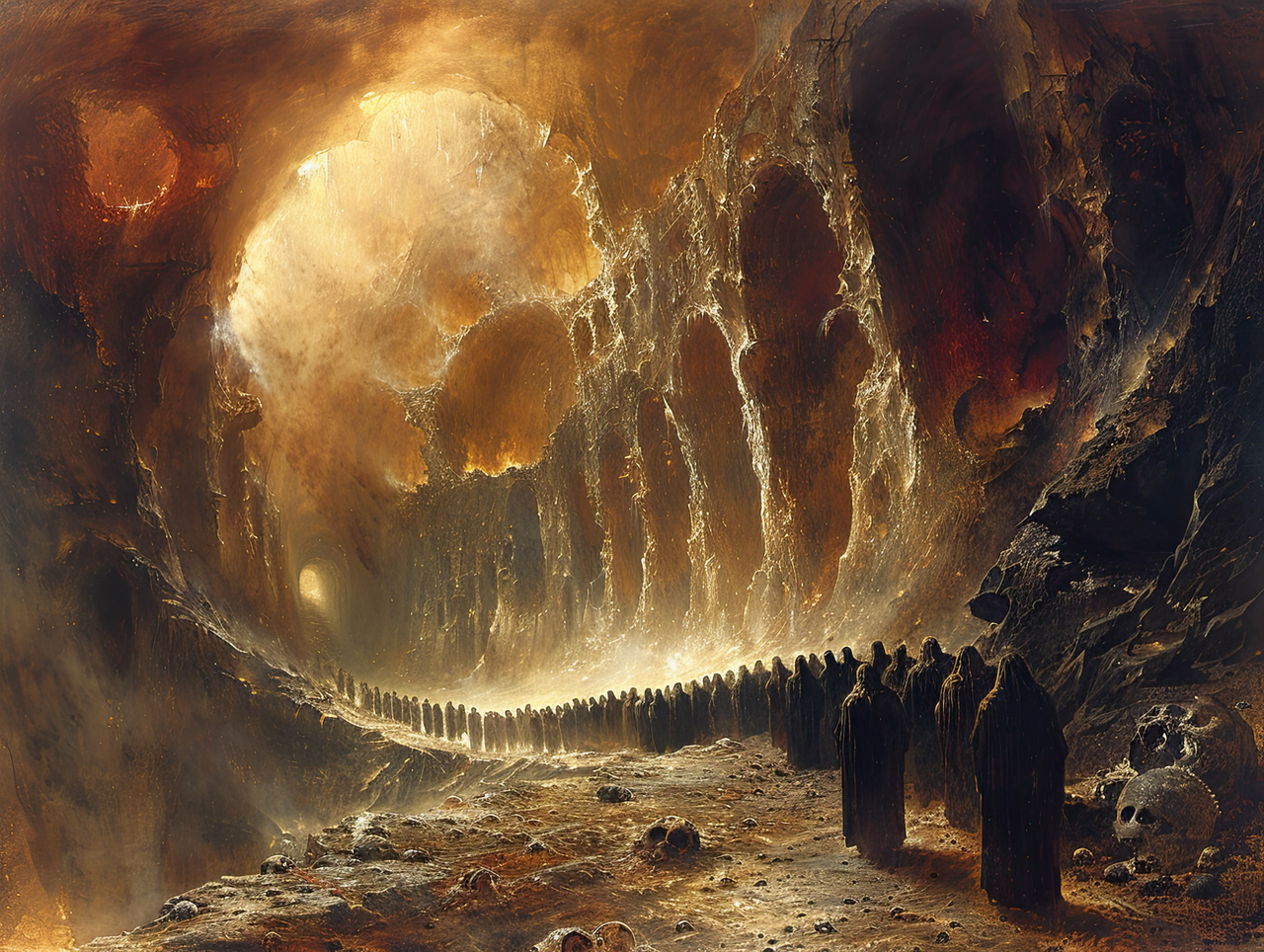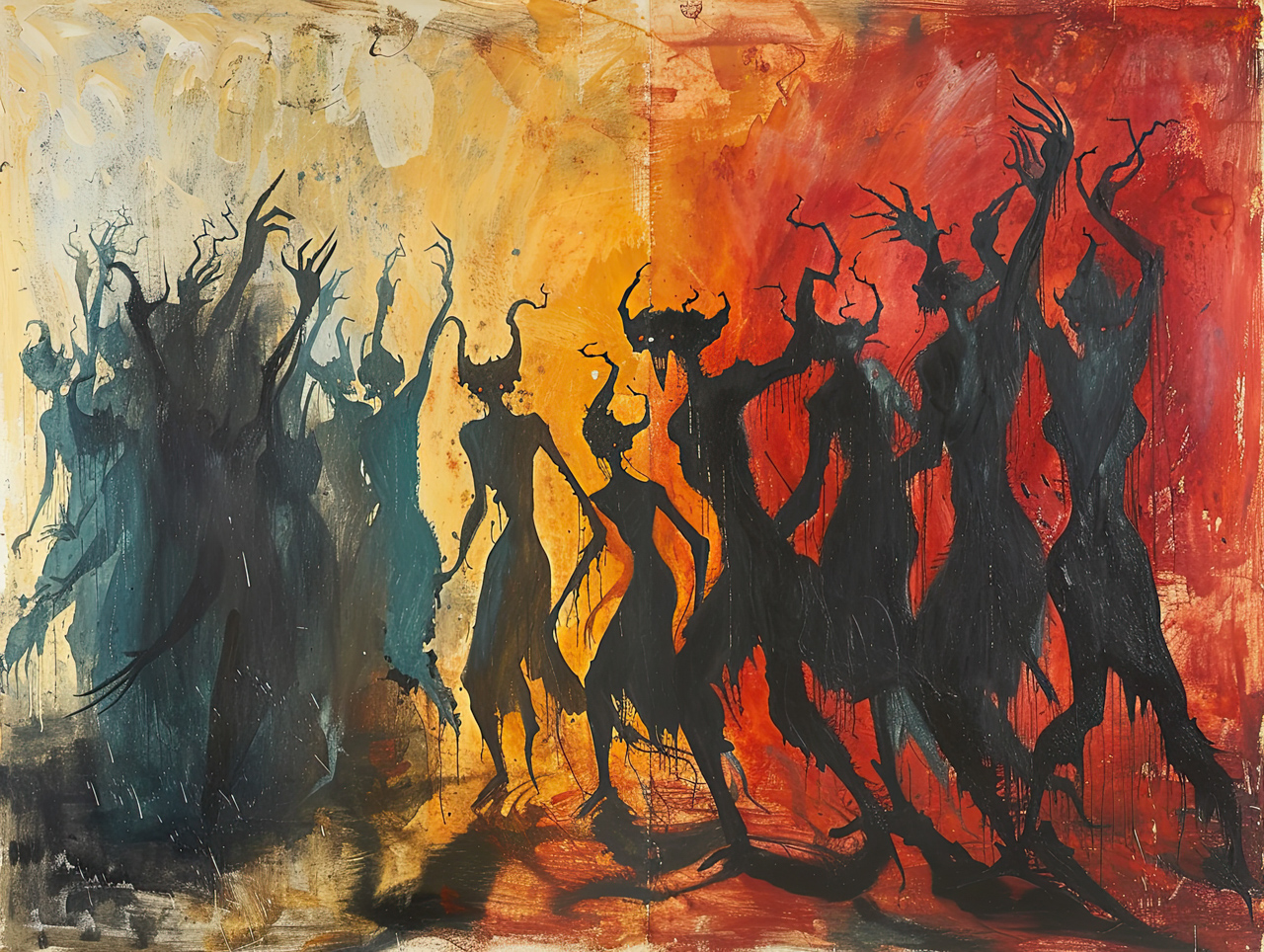Is It Real?
Journey to the Underworld: Is Hell A Real Place?
Going to Hell is presumably not an item you have high on your bucket list. The very idea of Hell has influenced people’s imaginations, moral beliefs and human actions throughout history. But where did the concept of Hell originate, and is there an actual place that has inspired this vivid and terrifying notion of such an horrendous realm? Let’s take a journey through history and mythology to uncover the origins and real-world counterparts of Hell.
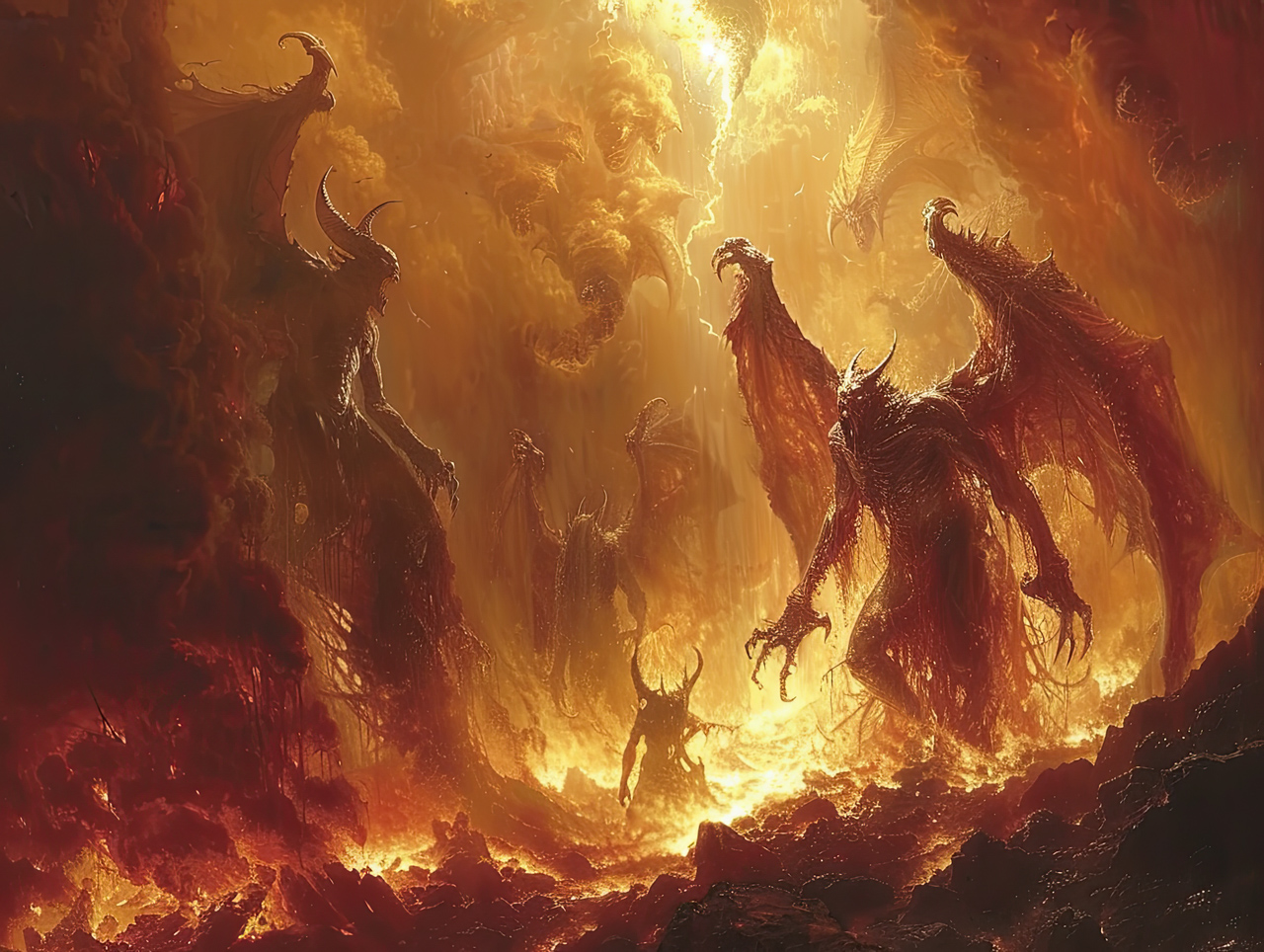
The Birth of Hell: Ancient Origins
The concept of an underworld where souls are punished or undergo purification is as old as civilisation itself. One of the earliest references comes from Sumer, a civilisation in southern Mesopotamia that flourished between c.4100-1750 BCE. Here the underworld, known as Kur, was a gloomy and desolate place where the dead resided. The Sumerian goddess Ereshkigal ruled over Kur, and it was believed that once a soul entered this realm, there was no escape.
In Ancient Egypt, the afterlife was more complex. The Egyptians believed in a series of trials and judgments in the Duat, the realm of the dead. The heart of the deceased was weighed against the feather of Ma’at, the goddess of truth, justice and order. If the heart was heavier due to sin, it was devoured by Ammit, meaning "soul-eater”, a demoness with the head of a crocodile, the body of a lion, and the hindquarters of a hippopotamus.
Hell in the Abrahamic Religions
The most familiar concept of Hell in the Western world comes from the Abrahamic religions: Judaism, Christianity, and Islam. In Judaism, the concept of Sheol is introduced in the Hebrew Bible. Sheol is a shadowy place where all the dead go, regardless of their moral conduct in life. Over time, this evolved into Gehenna, a place of punishment for the wicked. It comes from the Hebrew phrase gey'hinnom, which means "valley of wailing". Gehenna has multiple theological connotations, including a place of divine punishment in Jewish eschatology.
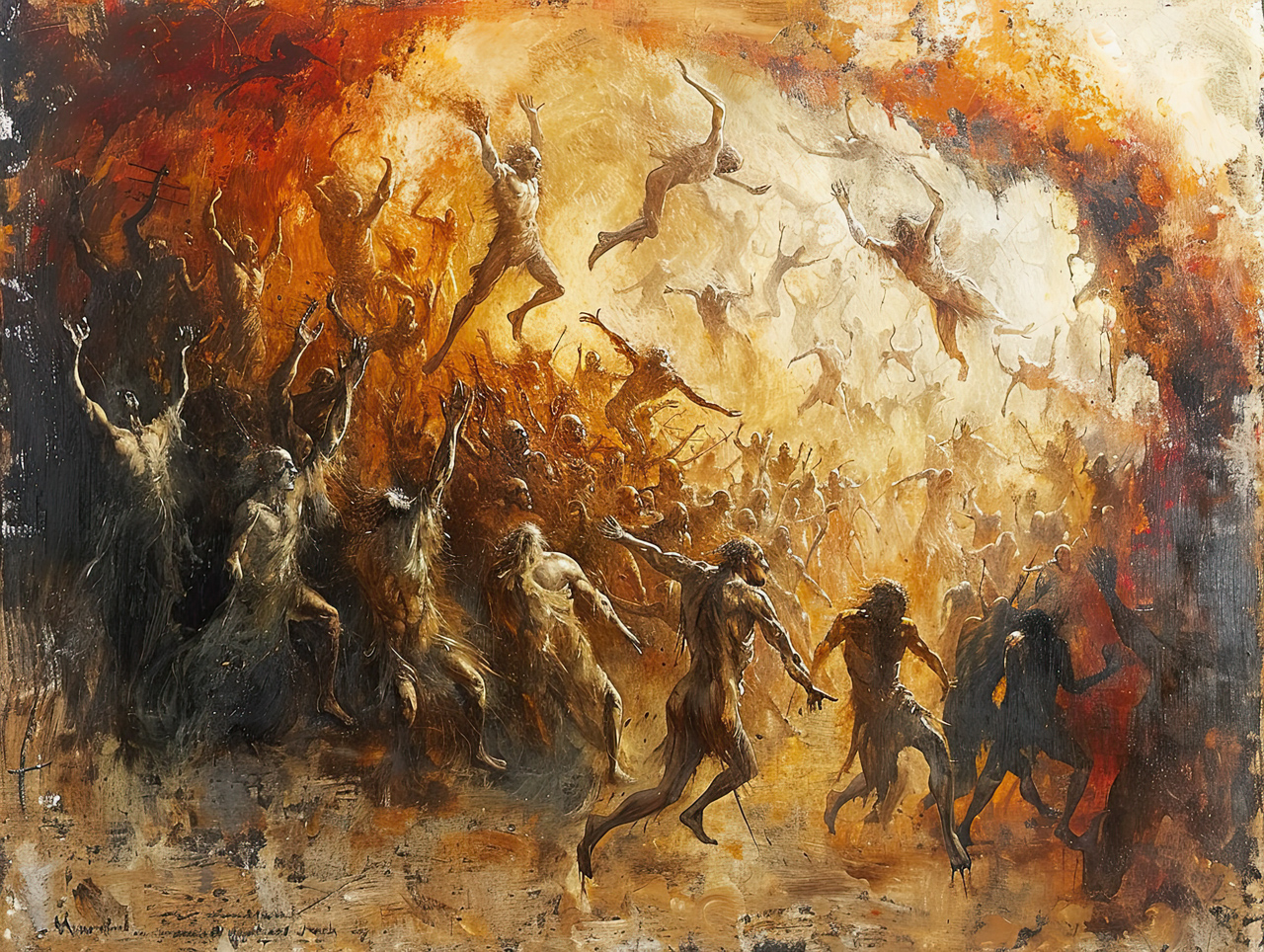
Christianity built upon these ideas, creating a more detailed and fearsome vision of Hell. Using the terrible visions of Hell as a powerful tool to control their ‘sinful’ flock. Early Christians portrayed Hell as a fiery place of eternal punishment, inspired by Greek mythology and Zoroastrian beliefs. The New Testament mentions Hell as a fiery abyss, and Dante Alighieri’s “Divine Comedy” elaborates on this idea with his descriptions of nine circles of Hell for different types of sinners.
The biblical concept of Hell is often misunderstood by many Christians. The commonly portrayed image of hell as eternal fire for sinners doesn’t match biblical descriptions at all. The transformation of Hell into this fearsome image primarily came through the influence of the Catholic Church, which adapted and expanded the concept to fit its own purposes. For instance, the notion of purgatory and the historical practice of indulgences, where people could pay money to reduce the suffering of their deceased loved ones, illustrates how the Church used these ideas to generate revenue. This practice was a controversial financial strategy at best.
Islam’s version of Hell, called Jahannam, incorporates elements from Jewish and Christian beliefs, but also has its own distinct characteristics. Jahannam is described in the Quran as a place of scorching fire, boiling water, and fierce guards. Sinners are subjected to various tortures, tailored to their earthly sins, but there’s also the concept of eventual redemption for some.
Mythological Underworlds
Greek mythology offers another rich tapestry of underworld lore. Hades, both the name of the god and his realm, is a place where the dead reside. It’s not necessarily a place of punishment but a final resting place for all souls. However, the Greek underworld does contain areas for punishment, such as Tartarus, where the wicked endure endless torment.
In Norse mythology, the underworld is known as Hel, ruled by the goddess Hel, Loki’s daughter. Hel is a cold, dark place where those who didn’t die gloriously in battle (and thus didn’t enter Valhalla) spend their afterlife. Unlike the fiery depiction of Hell in Christianity, Hel is more of a bleak and desolate place.
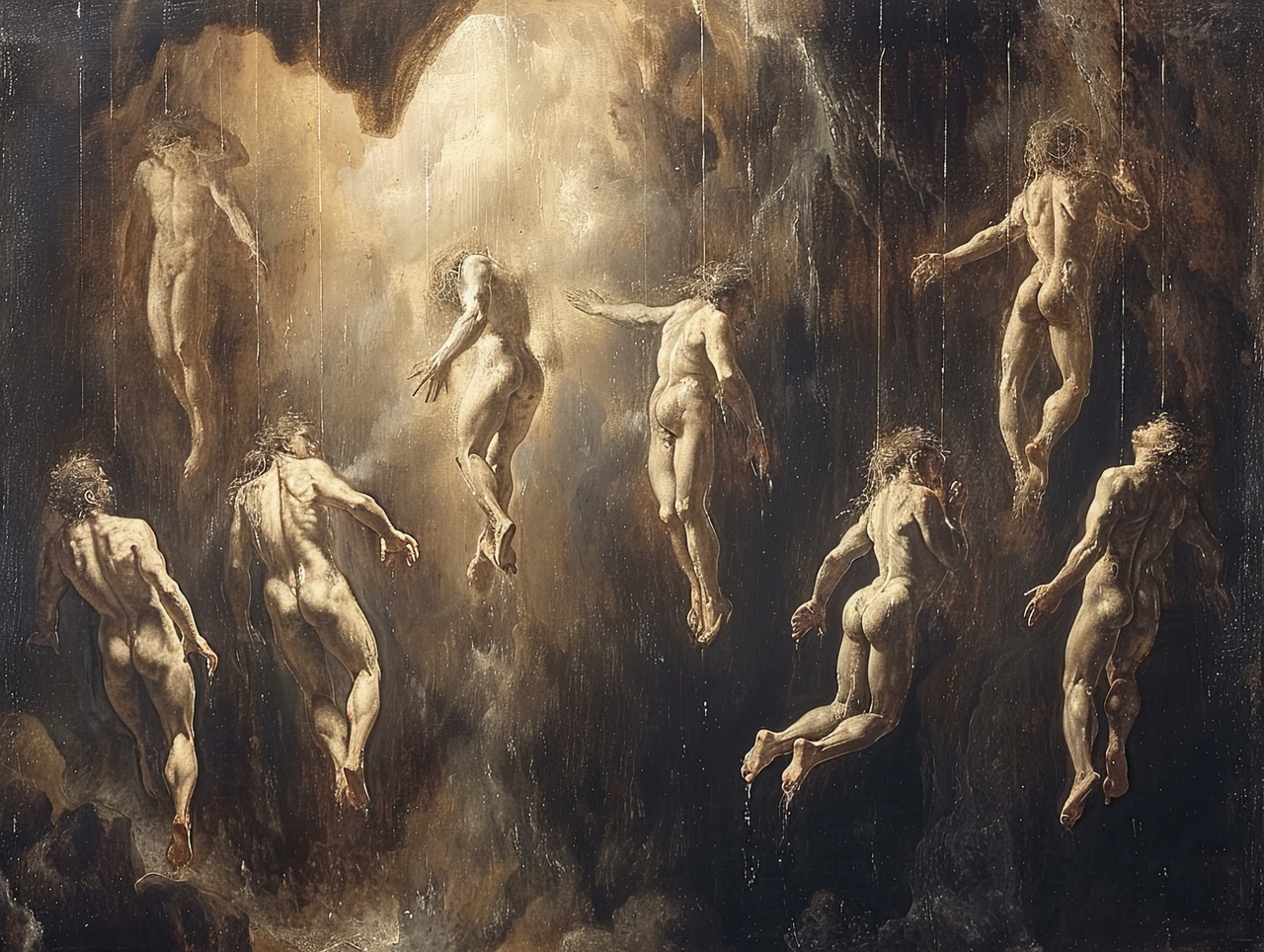
Hell on Earth: Real-World Inspirations
While Hell is primarily a spiritual and mythological concept, there are real-world locations that have inspired and been associated with the idea of Hell. One of the most notable is the ancient Valley of Hinnom (Gehenna) on the southwest side of Jerusalem. This valley was historically a site of child sacrifices to the gods Moloch and Ba’al, it later became a rubbish dump where fires burned continuously. The imagery of Gehenna in the Bible as a place of fire and destruction is directly tied to this location.
Another earthly inspiration is Mount Hekla in Iceland. Throughout the Middle Ages, this volcano was believed to be a gateway to Hell. Its frequent eruptions and the belief that birds flying nearby were actually lost souls contributed to its fearsome reputation.
In more recent history, the Darvaza Gas Crater in Turkmenistan, often called the “Door to Hell,” has captured imaginations. This natural gas field collapsed into a cavern in 1971, and geologists set it on fire to prevent the spread of methane gas. The fire has been burning ever since, creating a fiery spectacle that resembles many descriptions of Hell.
Hell in Modern Culture
Today, Hell continues to permeate popular culture. From literature and films to video games and art, the underworld serves as a powerful metaphor for ultimate punishment and the struggle between good and evil. Works such as Dante’s “Inferno,” Milton’s “Paradise Lost,” and modern horror movies use ancient and medieval portrayals of Hell to create fear and provoke moral thinking.
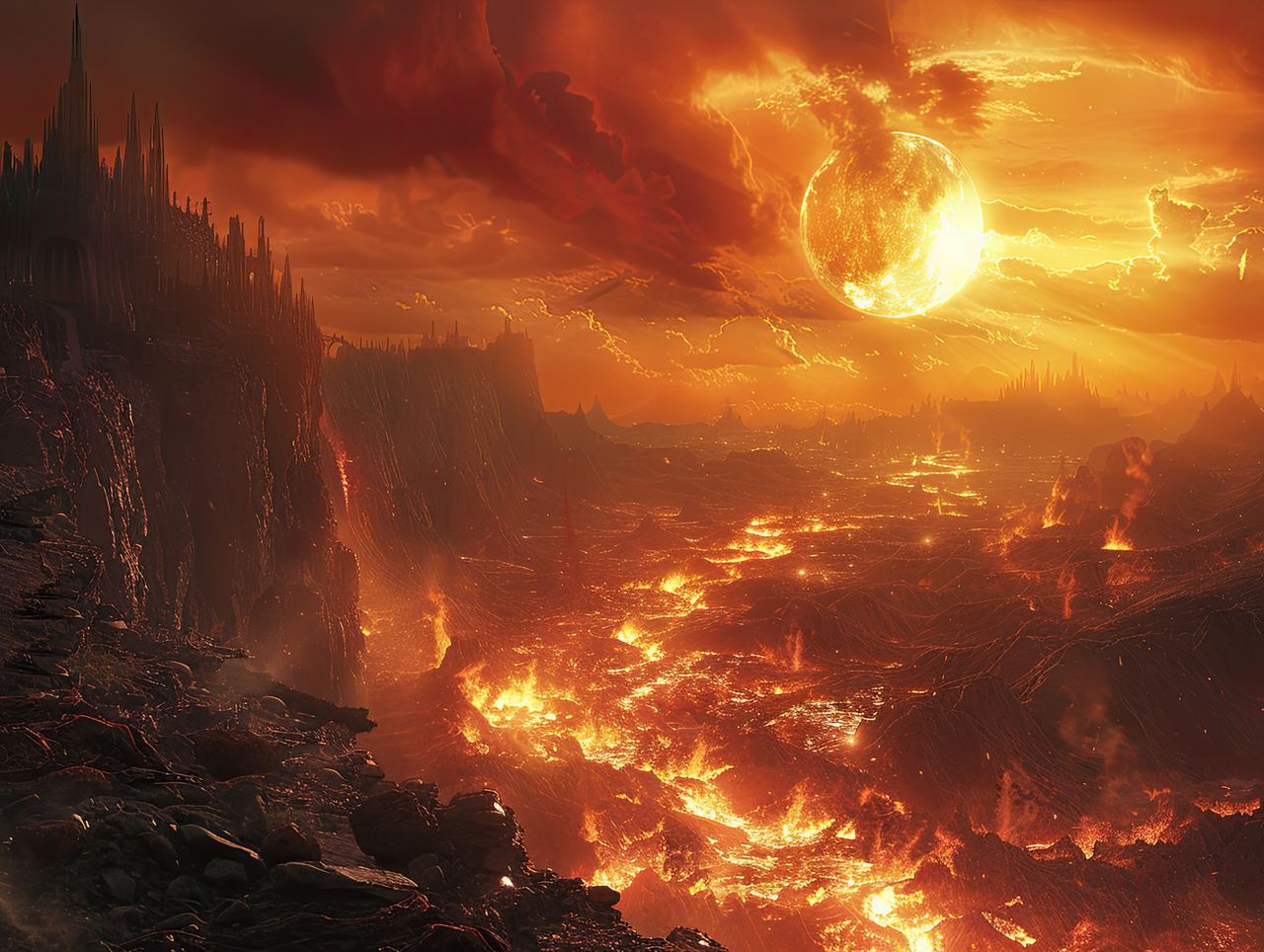
The idea of Hell has also influenced psychological and philosophical thought. Existentialist philosophers like Jean-Paul Sartre have used Hell as a metaphor for the human condition, famously stating in his play “No Exit” that “Hell is other people,” suggesting that eternal torment comes from the complexities and conflicts of human relationships.
The Continuing Evolution of Hell
The concept of Hell has evolved significantly over millennia, adapting to the cultural, religious, and philosophical shifts of societies. While the literal belief in a fiery underworld may have diminished in some circles, the symbolism of Hell remains potent. It continues to represent the ultimate consequence of moral failing and the darkest aspects of human existence.
Hell is a complex and multifaceted idea that has been shaped by various cultural, religious, and geographical influences throughout history. From the shadowy realms of ancient mythologies to the fiery depictions of the Abrahamic faiths, and even real-world locations that seem to embody the essence of Hell, the underworld remains a powerful symbol of fear, punishment, and the unknown.
